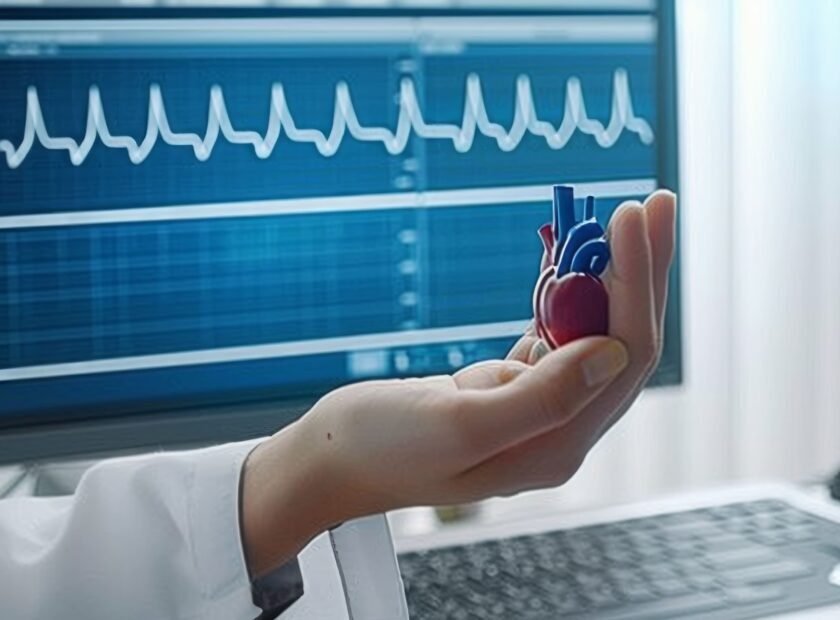From 3D to 4D MRI: A New Chapter in Artificial Heart Development
From 3D to 4D MRI: A New Chapter in Artificial Heart Development
Source: Health Imaging, September 24, 2025 — based on research published in Scientific Reports (Nature Publishing Group).
Keynotes :
1. Current Standard: Today, most cardiac MRI is performed in 2D and 3D, providing high-resolution images of heart structure and function.
2. The Evolution: In research settings—and gradually in advanced clinics—MRI has advanced to 4D Flow MRI, which adds the dimension of time to 3D imaging. This enables dynamic mapping of blood flow across the cardiac cycle.
3. Why It Matters: 4D MRI reveals turbulence, stasis, and shear stress—factors critical for clot risk, hemolysis, and safety of cardiac devices.
4. Application in Sweden: At Linköping University, researchers used 4D Flow MRI to evaluate a next-generation pulsating artificial heart. Imaging showed flow patterns close to a healthy left ventricle, with fewer zones of stagnation and abnormal shear stress.
5. Clinical Promise: This breakthrough could reshape the future of transplantation, addressing the fundamental challenge of limited donor hearts versus thousands of patients waiting worldwide. In the United States alone, 2025 saw more than 50,000 organ transplants across all organs, while about 3,857 patients remained on the active heart-transplant waiting list. Each year, only about 3,500–3,700 heart transplants are performed in the U.S., leaving a persistent gap between need and availability.
6. Future Outlook: While still limited in daily use, 4D Flow MRI is expected to expand clinically—bridging advanced imaging science with artificial-heart innovation, and moving closer to permanent, donor-independent solutions.


